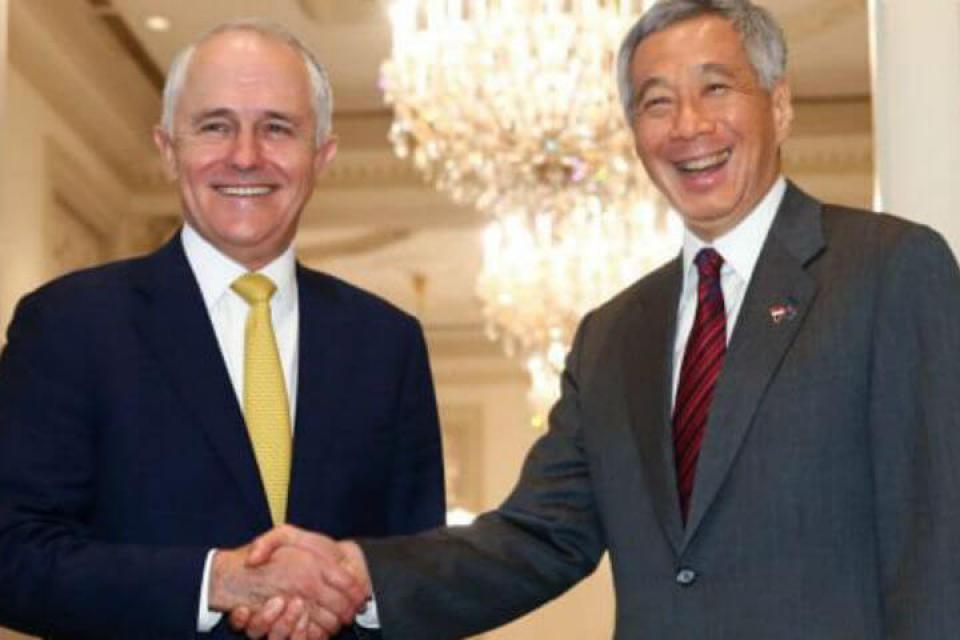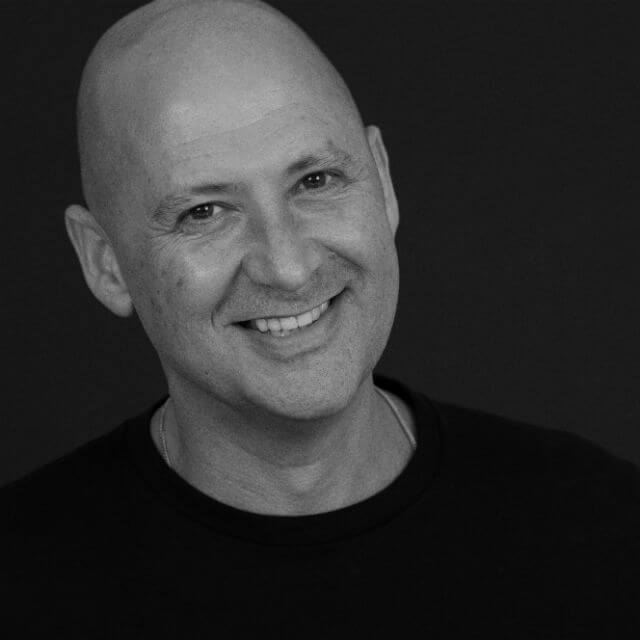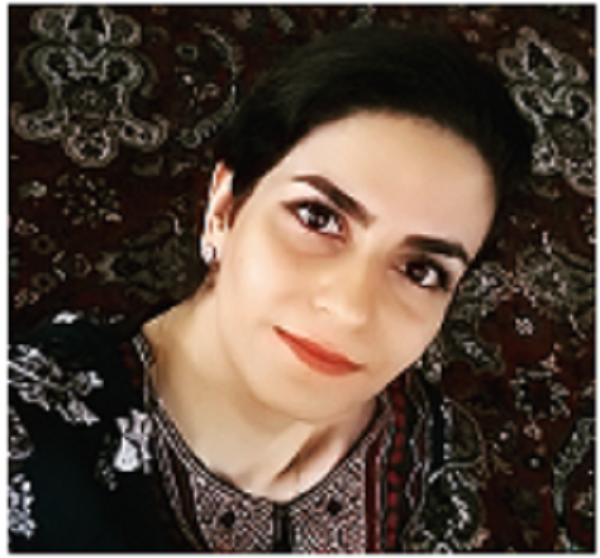If you haven't been following the diplomatic ties closely, it may seem Australia, and more recently Canberra has an obsession with Singapore... so what is all the fuss about?
The Singapore obsession...
Pictured below with then Prime Minister Sir Robert Menzies, the late Mr Lee Kuan Yew was the first Prime Minister of Singapore from 1959 to 1990. Lee was succeeded by Goh Chok Tong who retired on 12 August 2004 and was succeeded by Lee Kuan Yew's son, current PM Lee Hsien Loong.

Visit by former Singapore PM Lee Kuan Yew to Canberra prior to independence, with then Prime Minister Menzies (National Archives of Australia)
Thursday, 21 September 2017 marks 12-months since the first Singapore Airlines, ‘Capital Express' route direct flight from Singapore to Canberra.
This piece provides a brief overview of why the Australia-Singapore alliance is so important and some of the policies that have been put in place to support business connectivity...shortly we'll also outline where some of the opportunities as a result of this strong relationship may be for you...stay tuned.
Singapore Prime Minister Lee Hsien Loong summed it up nicely in just a few short sentences during a speech he delivered to the Australian Parliament in October last year.
“We are good friends, because fundamentally, we have similar strategic interests and perspectives…
First, we are both open economies that rely heavily on international trade, on global markets. We both need a stable and orderly world, in which countries big and small can prosper in peace.
This requires an open and inclusive regional order, where all the major powers can participate. We both see the US as a benign force, playing a major role in fostering peace and stability in Asia.
At the same time, we both have substantial ties with other major powers. For both of us, China is our largest trading partner.”

During his visit, the Singapore Prime Minister and Australian Prime Minister, Malcolm Turnbull were aligned in wanting to deepen ties between Australia and South-east Asia, with the intention of the freshly minted Comprehensive Strategic Partnership (CSP), to further strengthen the ties.
The key elements of the CSP are:
- Trade and Economic Outcomes
- Innovation and Science
- Education
- Defence
- Law Enforcement Cooperation on Transnational Drug Crime
- Pilot Internship Program for Singaporean Students
- Building Relations through Intercultural Dialogue and Growing Engagement (BRIDGE)
- Singapore-Northern Australia Agribusiness Development Partnership
- Enhancing the Cultural Relationship
- Work and Holiday Maker Programme
- Tourism
- Travel Facilitation
Read the full CSP statement here.
Prime Minister Turnbull, who also hosted PM Lee to lunch, said they were "of the same mind" on many issues, both economic and strategic.
"Singapore and Australia are at one in defending the rule of law and rejecting the proposition that might is right".

Here are a few key elements of the speech from PM Lee…or you can read the full transcript here.
Australia and Singapore: Old Friends, New Partnership
Mr Speaker, The Honourable Malcolm Turnbull, Prime Minister, The Honourable Stephen Parry, President of the Senate, The Honourable Bill Shorten, Leader of the Opposition, Senators and Members of Parliament, Ladies and Gentlemen.
Thank you for your warm welcome. I am honoured to address you in this Parliament House today. I am also very happy that with the Comprehensive Strategic Partnership (CSP), Singapore’s relationship with Australia has reached another significant milestone.
A longstanding relationship (excerpt)
Singapore’s ties with Australia go back into history. During the Second World War, Australian troops fought bravely to defend Malaya and Singapore. Many gave their lives. After Singapore fell on 15 February 1942, some 15,000 Australians became prisoners of war at Changi. They built the Changi Chapel, which was re-erected after the War at the Royal Military College in Duntroon. Singapore will never forget their sacrifice.
…underpinned by shared outlook and ethos (excerpt)
How is it that Australia and Singapore, two very different countries, as Prime Minister Turnbull said, “a wide brown land and a little red dot”, can forge such a deep bond? In land area, Australia is more than 10,000 times the size of Singapore. We are smaller than many sheep farms. The Australian Capital Territory alone is three times the size of Singapore. Australia has abundant natural resources, while Singapore has none. We even have to import water from Malaysia.
We are both Commonwealth countries, but historically Australia has been Anglo-Saxon in composition and identity; while Singapore is an Asian society, even though we speak English and have the cosmopolitan outlook of a port city.Yet we are good friends, because fundamentally, we have similar strategic interests and perspectives. First, we are both open economies that rely heavily on international trade, on global markets.
Singapore and Australia not only share similar strategic interests; our two peoples have similar outlooks. Our societies are open, inclusive and multicultural. We value our ethnic and religious diversity, and appreciate the different races and cultures in our midst. We accept change as the way forward, and look outwards to the world for inspiration, ideas and opportunities.

Our people are open and direct. We are pragmatic and focussed on solving problems. We think and talk in clear practical terms, and therefore connect on the same wavelength. It does not mean that we agree on everything, but when we have different views we do not beat around the bush. We express ourselves candidly, address our differences, and can narrow or at least define the gap because we know where each other stands.
That is why we are doing many things together (excerpt)
This shared strategic outlook and social ethos is why Singapore and Australia have done so many things together. Many Singapore entrepreneurs have invested in Australia. They are confident of Australia’s future, and comfortable with the business culture. More than 20,000 Australians live and work in Singapore, in all sorts of professions. The Singapore-Australia Free Agreement (SAFTA) signed in 2003 was Australia’s first FTA outside of New Zealand. It has helped make little Singapore your 5th largest trading partner and investor. We have also worked together on regional economic integration, first with APEC, and now with the Trans-Pacific Partnership (TPP) and the Regional Comprehensive Economic Partnership (RCEP).
CSP will take our relationship one step forward (excerpt)
For these compelling reasons, I am happy that PM Turnbull and I have concluded the CSP, an ambitious package that enhances core aspects of our cooperation, and brings together our complementary strengths. I thank PM Turnbull for his strong backing for the CSP; and indeed the whole Coalition team, and colleagues from Labour and the cross-benches for your continued support. In defence, the SAF will have more training space and opportunities in Australia. With a 25 year horizon, we will jointly develop state-of-the-art facilities in Australia. This will improve the quality of our training, and help to overcome Singapore’s size constraints.
Conclusion (excerpt)
Mr Speaker, the CSP will enable Singapore and Australia to do much together. It is fitting to celebrate this milestone in our friendship in this Parliament House. It has a special link with Singapore, which honourable members may or may not know about. 30 years ago, Singapore planned to build a new tri-service military institute for the SAF. We studied military academies in other countries, including the Australian Defence Force Academy (ADFA) and searched for a suitable architect to do the project. We eventually found Mr Romaldo Giurgola, who had built this Parliament House…
…In all these diverse and profound ways, our two countries are linked together: by our shared history, by strategic alignment, by shared ethos, by personal friendships, by what we do together, and even by architecture. Our partnership is greater than the sum of its parts. I look forward to Singapore and Australia working together to deepen and strengthen it, and enabling our peoples to prosper in peace and friendship for many, many more years to come. Thank you.

About Prime Minister Lee Hsien Loong
The third Prime Minister of Singapore. He introduced 'Five-Day' working week for Civil Servants, with the hope of increasing the birth rate. One of his major accomplishments was to propose the building of 2 Integrated Resorts (IR) in Singapore. It creates a huge avenue for Singapore's economy. Singapore hosted the inaugural summer Youth Olympic Games in 2010. Abolished ranking of schools. In 2013, he presided over the worst haze problem in Singapore and worst Dengue epidemic. Prior to his appointment as PM, he served as Deputy Prime Minister (1991–2004), Minister of Finance, Minister of Trade & Industry.
Brought to you by Expat Choice Affiliate Partner Capital Express













